Home / Albums / Natural History / Insects 209

 Mouth-parts of Honey Bee
Mouth-parts of Honey Bee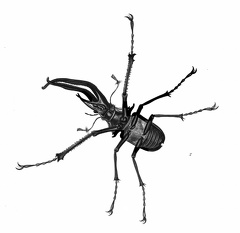 Chiasognathus Grantii, under side
Chiasognathus Grantii, under side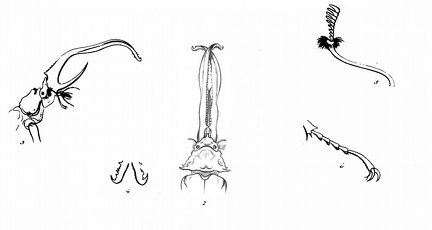 Chiasognathus Grantii 2
Chiasognathus Grantii 2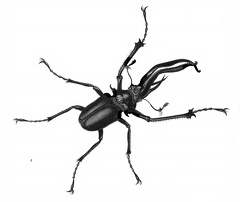 Chiasognathus Grantii, upper view
Chiasognathus Grantii, upper view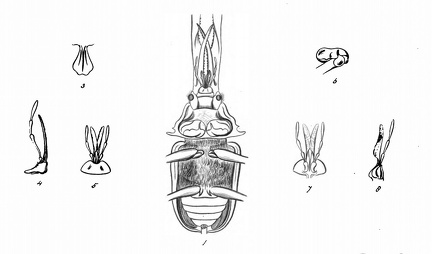 Chiasognathus Grantii
Chiasognathus Grantii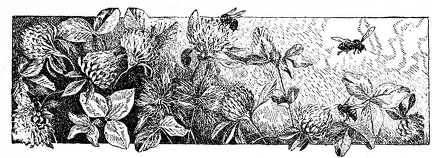 Bees in Clover
Bees in Clover Cockroach-hunting wasps
Cockroach-hunting wasps Protozoa from the gut of the wood-feeding cockroach
Protozoa from the gut of the wood-feeding cockroach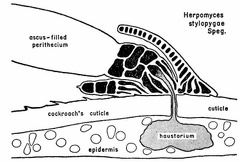 Relationship between a mature plant of Herpomyces stylopygae and the integument of Blatta orientalis
Relationship between a mature plant of Herpomyces stylopygae and the integument of Blatta orientalis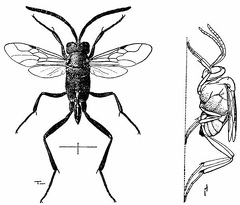 Evania appendigaster
Evania appendigaster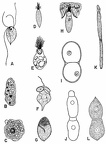 Representative Protozoa associated with cockroaches
Representative Protozoa associated with cockroaches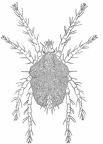 The cockroach mite
The cockroach mite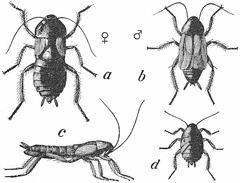 Common Cockroach
Common Cockroach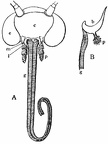 A. Head of a typical Moth
A. Head of a typical Moth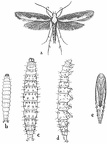 Stages of the Diamond-back Moth
Stages of the Diamond-back Moth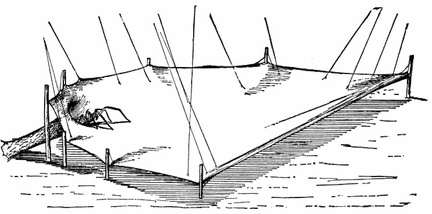 Spiderweb
Spiderweb Agalenidæ
Agalenidæ Drassidæ
Drassidæ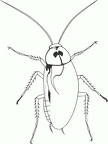 Cockroach (Roach)
Cockroach (Roach) Cicindela tuberculata - Larva
Cicindela tuberculata - Larva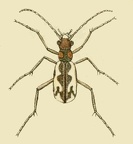 Cicindela tuberculata
Cicindela tuberculata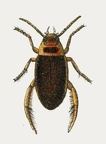 Colymbetes rufimanus
Colymbetes rufimanus Pterostichus opulentus - Larva
Pterostichus opulentus - Larva Pterostichus opulentus
Pterostichus opulentus Colymbetes rufimanus - Larva
Colymbetes rufimanus - Larva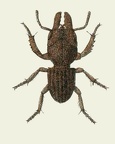 Dorcus punctulatus
Dorcus punctulatus Dryocora howittii - Larva
Dryocora howittii - Larva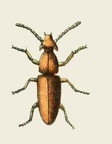 Dryocora howittii
Dryocora howittii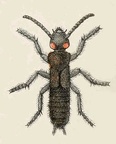 Staphylinus oculatus
Staphylinus oculatus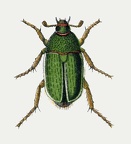 Stethaspis suturalis
Stethaspis suturalis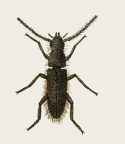 Chætosoma scaritides
Chætosoma scaritides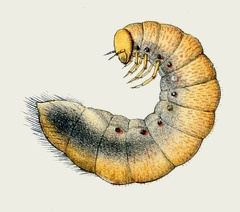 Stethaspis suturalis - Larva
Stethaspis suturalis - Larva Oral and digestive system of Deinacrida megacephala
Oral and digestive system of Deinacrida megacephala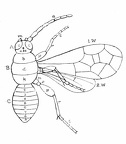 Body of an insect
Body of an insect Insect Frame 4
Insect Frame 4 Butterfly and flower frame
Butterfly and flower frame Butterfly frame
Butterfly frame Insect Frame 2
Insect Frame 2 Insect Frame 3
Insect Frame 3 Insect frame
Insect frame On the Watch
On the Watch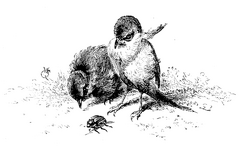 Two birds watching a bug
Two birds watching a bug The Pursuit
The Pursuit Egg-capsule of P. orientalis
Egg-capsule of P. orientalis Longitudinal section of Female Cockroach
Longitudinal section of Female Cockroach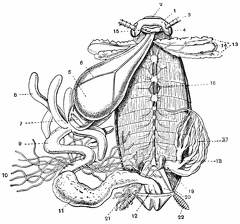 Cockroach
Cockroach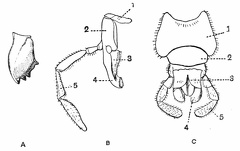 Mouth appendages of cockroach
Mouth appendages of cockroach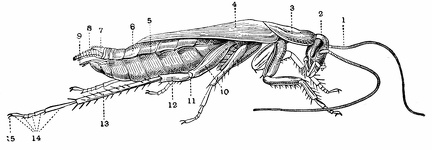 Cockroach
Cockroach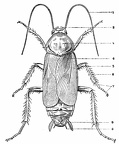 Cockroach
Cockroach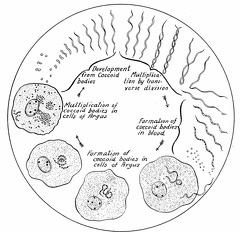 Spirochæta gallinarum. After Hindle.
Spirochæta gallinarum. After Hindle. Ornithodoros moubata
Ornithodoros moubata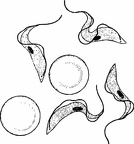 Trypanosoma brucei
Trypanosoma brucei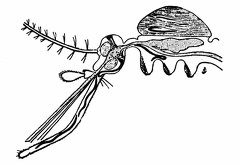 Filaria in the muscles and labium of Culex
Filaria in the muscles and labium of Culex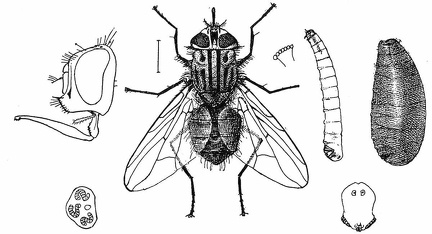 Stomoxys calcitrans - adult, larva, puparium and details
Stomoxys calcitrans - adult, larva, puparium and details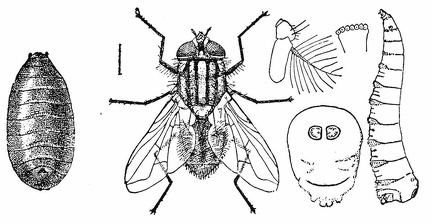 The house or typhoid fly (Musca domestica)
The house or typhoid fly (Musca domestica)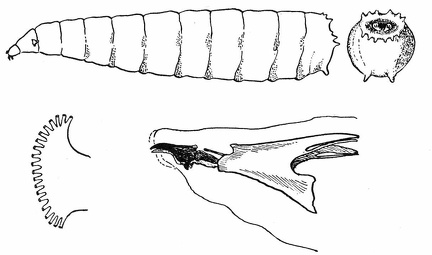 Larva of a flesh fly (Sarcophaga) - Caudal aspect - Anterior stigmata. Pharyngeal skeleton
Larva of a flesh fly (Sarcophaga) - Caudal aspect - Anterior stigmata. Pharyngeal skeleton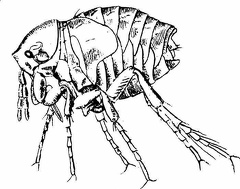 Dermatophilus penetrans
Dermatophilus penetrans Larva of Xenopsylla cheopis
Larva of Xenopsylla cheopis Larva of Auchmeromyia luteola
Larva of Auchmeromyia luteola Culicoides guttipennis - mouth parts of adult
Culicoides guttipennis - mouth parts of adult



